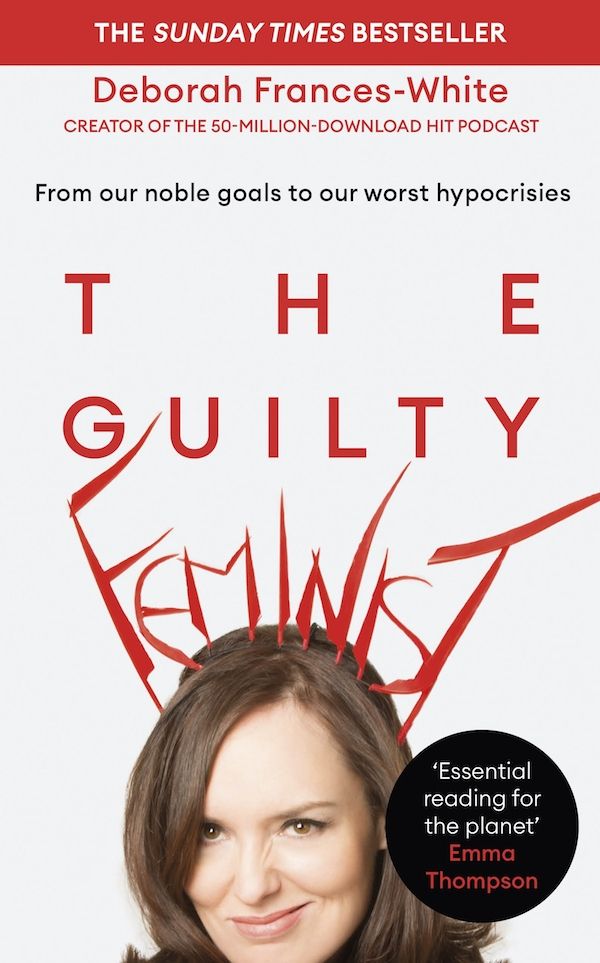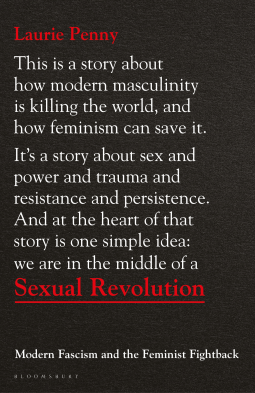Book Review: Feminist City by Leslie Kern

In Feminist City, through history, personal experience and popular culture Leslie Kern exposes what is hidden in plain sight: the social inequalities built into our cities, homes, and neighborhoods. Kern offers an alternative vision of the feminist city. Taking on fear, motherhood, friendship, activism, and the joys and perils of being alone, Kern maps the city from new vantage points, laying out an intersectional feminist approach to urban histories and proposes that the city is perhaps also our best hope for shaping a new urban future. It is time to dismantle what we take for granted about cities and to ask how we can build more just, sustainable, and women-friendly cities together.
This is an important book - but I was frustrated at its lack of practical solutions. Let's start at the beginning.
Philip Larkin famously discovered sex in 1963. Some women only discover feminism once they become pregnant. Because if you're a cis/het/white/rich/abled woman, then your privilege may insulate you from the worst aspects of sexism. And so the book begins, looking at the city from the vantage point of a new mother.
Kooky cafes down a flight of stairs are fun to visit when you're young and carefree - but a nightmare to navigate with a baby in a buggy.
I sometimes wonder why anyone gets pregnant deliberately. Surely they've seen just how poorly the urban environment is for women with kids? Surely their friends have moaned about the realities of navigating the city? Surely they remember the struggles of their own mother? But somehow they don't think it'll apply to them.
But that's unfair of me. The city should cater to its citizen's needs. Especially the needs of those performing the necessary labour of child rearing.
The first quarter of the book seems exclusively focused on maternal needs - which is an important (but not universal) aspect of womanhood. The next part of the book seems to argue that we should design away the ability to make the "wrong" choices. Think of it like an urban "Nudge Unit". That sort of makes sense - we can design cities not to have dark alleyways and blind corners. But designing a city where nothing bad can ever happen is problematic in three key areas.
- Part of the fun of the city is that it is full of new and - sometimes - scary sensations. We could create a city in the same way as we design bland corporate malls. As the book acknowledges, a wipe-clean city isn't an interesting city.
- Learning how to operate in dangerous environments and recognise danger are useful skills. Not everywhere in the world is safe, and understanding risk is important.
- Who is being protected and who is being excluded? We could put a policeman on every corner. But there are many women - and others - who would find that a scary and threatening prospect.
Kern does make some excellent points about how urban "safety" is usually for white cishet women, at the expense of others. Over-policing drives out (some) women. Not everyone is comfortable being surveilled on CCTV.
While I agree with the overall sentiment of the book - that urban spaces are rarely designed with women in mind, and they do not allow them to thrive - the book proposes very few solutions.
For example, there's a good discussion on the problems with toilet access. There aren't enough toilets for women, and they're usually of poor quality. The book has some discussion of local activism without saying what that entails. If we accept that more toilets are necessary (and I do) then how do we get them? Is it something which can be solved with tax relief for shops opening up more loos? Can an economic argument be made that more toilets attract more customers? Should people piss over the steps of City Hall until more loos are made available? What about sticking a 🚺 on every men's toilet door so that blokes know what it is like to have to desperately search for a public convenience?
I'm reminded of how the Rolling Quads smashed up the pavement to install ersatz dropped curbs. What concrete actions can people take to change the urban environment?
Similarly, there's a brief discussion about how bus fares often don't cater to women's needs. A single ticket is fine if you're heading directly to work - but if your journey around the city involves dropping a kid at school, then off to work, then running an errand, then picking a kid up, then taking them to an event, and then home via a shop - the ticket prices can become prohibitively expensive.
Again, there are practical solutions which aren't mentioned in the book. Hopper fares let people take multiple journeys within an hour on the same ticket. But how do we convince transit authorities to offer these fares?
While the book draws on a great deal of theory - and is meticulously referenced - it doesn't contain many personal stories. The ones it does are mostly directly from the author. I don't expect her to exploit people's grief and tragedies - but a few more stories of lived experiences about where city design fails would have been useful.
Every time I cross the road, I'm reminded of the horrific case of Raquel Nelson. She exited a bus with her children, there was no crossing available, so they attempted to cross a busy road in the dark - her child was killed and she was charged with vehicular homicide!
It's such a powerful story because it contains all the elements of why feminist city design is important. This event could have been avoided if:
- Bus services were more regular and more reliable. There was only 1 bus per hour - they missed their intended bus and so it was dark by the time they arrived at their stop.
- Crossing points were installed by bus stops. That's the norm in most cities I've visited - they are deliberately designed to make it easy to cross safely.
- Cities were designed to minimise the need to drive. The person who struck the child with their car was visually impaired and appeared to be intoxicated.
- Road speeds were calmed. Slower speeds result in fewer accidents.
- Public transport was encouraged across all classes. Apparently, none of the jurors on the case had ever taken a bus. One supposes they had little empathy with the defendant's situation.
And so on. All practical things which can be designed or retrofitted into the city.
I suppose I'm being so critical of this book because it has such a powerful and important message. We need to design cities (and everything else) to be as inclusive as possible.
The eBook of Feminist City is currently 40% off from Verso Books and I highly recommend it.
| Verdict |
|---|
- Buy the eBook on Amazon Kindle
- Get the paper book from Hive
- Author's homepage
- Publisher's details
- Borrow from your local library
- ISBN: 9781788739849




What links here from around this blog?
Comments closed